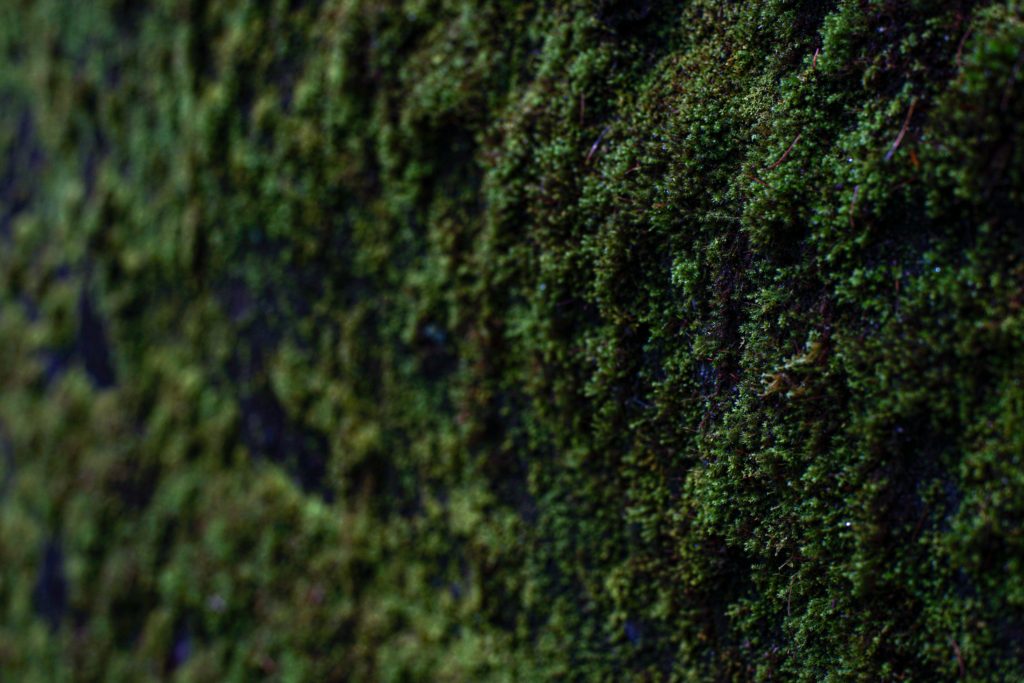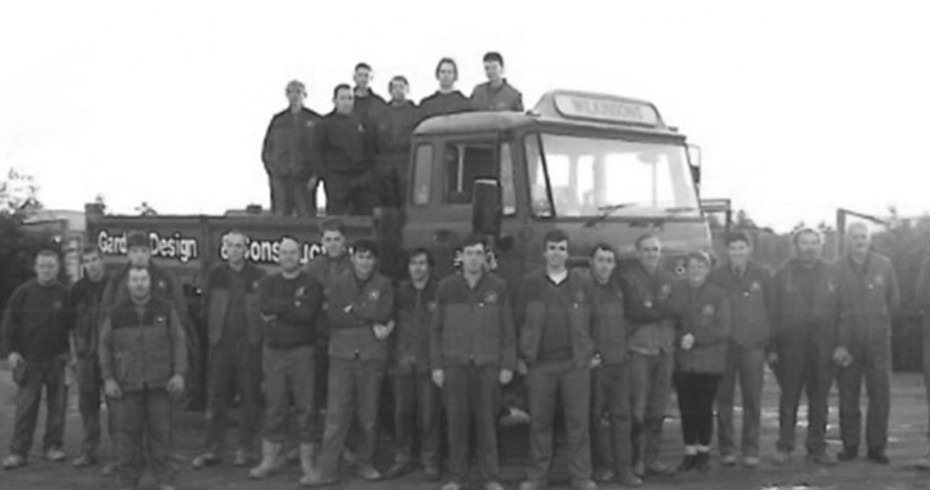Everything You Need To Know About Bare Root Hedging
November 6, 2020
As every gardener knows, throughout the year, different plants, trees, flowers and hedging have varying times when it’s best to plant them. Our plant centre team are equipped to advise you on a wide range of plants we have in stock. Today though, we’re going to delve into bare root/root balls hedging plants which are exactly that, hedging with bare roots/root balls. With November just around the corner, bare root plants are available ready for the dormant season. If you don’t already know about what the dormant season means for gardeners, understand this is the best time to transport, lift and replant such plants. This is because in the months between November and March, plants like bare root hedging have a natural resting period.

Why Should I Plant Bare Root Hedging?
There are many reasons why this kind of hedging is beneficial for your garden, which comes down to its cost, range of choice and the performance it takes when planted.
When it comes to the cost of these amazing plants, it can be argued the costs are much lower due to its production. There are a lot less resources used for growing this type of hedging, as they don’t require as much water, fertilisers or considerations for transportation due to no surrounding soil. Because of the large reduction in production cost when compared to other plants, this kind of hedging makes them a really great choice for cost-effectiveness whether you have a large or small garden.
Not only is it cost effective, but there is lots of choice and we stock a wide variety in our plant centre during November time. Some of these include Hawthorn, Beech, Privet and Yew. With the large variety available, your garden can flourish in harmony with other plants. Root balls/bare root hedging when planted can really thrive in your garden space, as the greater root mass provides easier absorption of nutrients from the surrounding soil. Furthermore, planting them is fairly straightforward as they’re easier to move around, without the need of an extra pair of hands. This makes them ideal for any kind of gardener.
Once planted, bare root plants require little maintenance, especially when planted before Christmas. During such times of year, the ground is often much wetter which seriously improves the rate of growth for this kind of hedging; the following spring they require plenty of water. Overall, hedging of this type can establish really quick and strong, as they’re adaptable to different soil conditions.
What Types Of Hedging Are There?
If you’d like to invest in some bare root hedging but aren’t sure what species is best to plant, we’ve covered some options for you to consider:
- Hawthorn
- Hornbeam
- Privet
- Guelder Rose
- Beech
- Bird Cherry
- Blackthorn
- Dog Rose
- Yew
Our experienced plant centre team can help you source the right hedging for your garden design requirements. Make sure to stop by our centre soon though, as now’s the right time of year to begin planting this wonderful species of hedging.
